The J. Paul Getty Museum holds one of the world’s most impressive private art collections. It is also one of the world’s most impressive examples of modern architecture. So, what better lens to take along on a visit than the outstanding Sigma 14-24 mm f/2.8 Art ultra-wide angle zoom.
Usually referred to as the Getty, the museum is an imposing edifice, set on a hillside in the Brentwood district of Los Angeles. Observant motorists, running the gauntlet of Los Angeles traffic, might spot it as they begin climbing the Hollywood Hills. Its remarkable collection of art and architecture attracts millions of visitors every year, including me.
J. Paul Getty, who in 1957 was the named the wealthiest living American, built his fortune through the Getty Oil Company. He was an avid art collector, and in 1942 opened a museum based upon his private collection. He left over $660 million to the museum after his death. The J. Paul Getty Trust, which operates the museum, is the world’s wealthiest art institution.
The original site of the Getty Museum, now the Getty Villa, was in Pacific Palisades, California. The museum moved to its current location in 1983. The Getty Foundation later renovated the Villa, which reopened as a museum in 2006. It is devoted to ancient Greek, Roman and Etruscan art.
I had long hoped to visit the Getty. A few weeks ago, the stars aligned, and off I went. The result was a two-hour journey north from San Diego, followed by several engaging hours touring the museum.
The wider, the better
As usual, ahead of any field trip of this kind, choice of camera and lens were uppermost in mind. On this occasion, I set myself a personal challenge of using only one lens. As well as lightening my load, this enforced a degree of self-imposed discipline in my photographic strategy. Anticipating tight interior quarters and expansive vistas, I turned to a wide-angle zoom.
The Sigma 14-24 mm f/2.8 Art zoom was one of the first L-Mount lenses I bought. I have always been interested in architecture, and, in another life, I could have pursued it as a career. It seems a fascinating blend of engineering, mathematics, and design. When I saw examples of architectural photography produced using this lens, I knew I had to have one.
It weighs 835g, with end-caps, and features autofocus lock and AF/MF switches on its barrel. The convex front element is protected by the integrated hood. You cannot fit filters to the front of the lens, but there is an integrated compartment at the rear which will accommodate rectangular filters.
Sigma versus Leica
The lens now costs $1,399 new in the US, but I have seen used versions for as low as $699. Its Leica cousin, the Super-Vario-Elmarit 14-24 mm f/2.8 ASPH, costs a more substantial chunk of cash, $2,695. Jono Slack posted a comprehensive, and very complementary, Macfilos review of that lens last year. Yet, apart from a brief announcement at launch, we have not paid much attention to the less-expensive Sigma version.
Although you can crop to extend the effective focal length of a zoom lens, you are pretty much stuck with whatever its widest focal length covers, unless you stitch together multiple, panned shots in post. So, I felt an ultra-wide 14mm, plus a 24mm ‘long’ end, would handle all the compositional challenges I could face.
An extra advantage of the lens is its constant f/2.8 maximum aperture. This is very handy for indoor shots in the dim lighting typical of art museums.
Art and science collide
The Getty operates a ‘park and tram-ride’ approach to reaching the museum. This involves stashing your car in a gigantic multi-level car park at the bottom of the hill and riding an automated tram up to the museum entrance.
At that point, the question becomes, ‘what should I look at first?’.
We visited the museum with a small group of friends, one of whom had coordinated the trip. It was part of a multi-venue festival across Southern California called ART PST: Art and Science Collide. For readers outside the US, PST refers to Pacific Standard Time, which is eight hours behind London time.
After a brief discussion, the consensus was to had to the van Gogh exhibit. As advertised, it featured a beautiful example of that art and science collision.
The highlight of the van Gogh exhibition was his painting ‘Irises’, together with a remarkable modern reconstruction of the artwork. Painted in 1889, exposure to light and air over the next century, led to changes in its colour. A restoration project aimed to represent how the painting looked at the time it was created.


Using a technique called photogrammetry, art historians created an exact replica of the painting’s surface. They then applied ink, identical to that used by van Gogh, to the surface. You can see a comparison of original (left) and reconstruction (right) using the slider.
Impressionism
Somewhat to my surprise, the Getty does not house much in the way of contemporary art. I did spot a Roy Lichtenstein sculpture, similar to one I had photographed at the Reina Sofia in Madrid (see featured article in this post). Other than that, the most recent art I saw was from the Impressionist period.
In this article, I have restricted myself to a few photographs of paintings I especially liked. I could have included many more, but wanted to leave room for images of the museum itself.
The lens has a maximum aperture of f/2.8, but I shot these and the other paintings in the article at f/5.6. Although this meant a slower shutter speed, the greater depth-of-field ensured the entire painting was in focus. The in-body-image-stabilization of my Leica SL2 can easily handle a shutter speed of 1/40s, hand held.
I stuck with f/5 or f/5.6 for most of the exterior shots also, with shutter speeds occasionally climbing to 1000s in the bright sunlight.
The architect
Richard Meier, an American abstract artist and architect, was the man behind the Getty’s design. He was known for his prominent use of the colour white in his abstract geometric designs. His design philosophy is prominent in the museum’s many wings.
In addition to designing the Getty, Meier — a winner of the Pritzker Architecture Prize in 1984 — also designed many other notable buildings across the world.
As I had hoped, the ultra-wide field-of-view of the Sigma 14-24 mm f/2.8 Art was perfect for capturing images of the museum’s central plaza.
You can see how the architect made extensive use of white tiles on the exterior of the museum’s buildings. This was complemented with polished travertine tiles on walkways, and rough travertine blocks on vertical surfaces. Apparently, some one hundred ship-loads of travertine were transported from Italy for the construction.
Tilt and roll
Thanks to the SL2’s superb capture assistants, I was generally able to keep my camera level in both tilt and roll planes. This is critical for avoiding distortion with such an ultra-wide-angle lens. Conversely, when this was not possible, I either used Lightroom’s perspective controls, or accepted non-vertical edges.
The lens excelled at opening up interior compositional opportunities. There was no shortage of angular hallways and stairways to be found within the museum. With a little patience, both on my part, and that of my companions, I was also enabled to include a human figure in several shots.
I also managed the occasional high-contrast candid shot of a fellow visitor, strolling along a covered walkway.
Into the garden
Beyond the main buildings lies a zigzag path down to a garden area, featuring a circular pond. The path weaves back and forth across a rill, through which water flows to the pond, entering via a small waterfall.
Even during December, the garden was replete with colourful shrubs and plantings. Besides the path, a large sloping lawn made for a perfect venue for picnics. During the warmer summer months, I expect this would be filled with families, lounging in the sunshine.
The elevated location of the Getty, well above the I5 freeway and the Los Angeles Basin, offers spectacular views of the city. Visibility was reduced at the time of our visit as a result of smoke from early season wildfires in nearby Malibu, coupled with the perpetual Los Angeles smog. Nevertheless, it was still possible to make out downtown high rises in the distance.
A must-see while in LA
As mentioned earlier, millions of people visit the Getty each year, in groups large and small. It offers guided tours, lectures, and many special exhibits, to supplement the permanent collection. I was delighted to see works by some favourite impressionist artists, including Turner, Renoir, Monet, and Manet.
The Getty rightly deserves its reputation as one of the world’s premier art museums. You can easily spend the best part of a day enjoying its art, architecture, gardens, and views. You have to brave the dreadful LA traffic to get there, but once you arrive, accessing the museum itself is easy.
I am sure a visit at any time of year would be enjoyable. In my case, the low winter sun, and an early start provided interesting shadows and fantastic contrast.
The Sigma 14-24 mm f/2.8 Art meets the Getty
Whenever you go, be sure to take along a wide-angle lens. The Sigma 14-24 mm f/2.8 Art, together with an SL2, met my photographic needs perfectly. It is sharp across its entire focal length range, and the ultra-wide-angle perspectives enabled coverage of both internal and external architectural features.
I did not shoot wide open at f/2.8, since there was plenty of available light, both inside and outside. I was also after enough depth-of-field to guarantee that both artworks and architectural details were all in focus. Nevertheless, the occasional close-up at f/5.0 demonstrated what the lens can achieve by way of subject isolation.
I can highly recommend both the museum, and the lens.
Unfortunately, since my visit, Los Angeles has been ravaged by catastrophic wildfires, especially the Pacific Palisades district, where the the Getty Villa is located. So far, the extensive fire protection measures implemented by that museum have spared its collection of art, although some exterior sculptures and pools have been scorched by the blaze. I earnestly hope that the residents of these areas, and the two Getty Museums, are spared from further devastation in the days and weeks ahead.
Read more from Keith James
A cup of coffee works wonders in supporting Macfilos
Did you know that Macfilos is run by a dedicated team of volunteers? We rely on donations to help pay our running costs. And even the cost of a cup of coffee will do wonders for our energy levels.

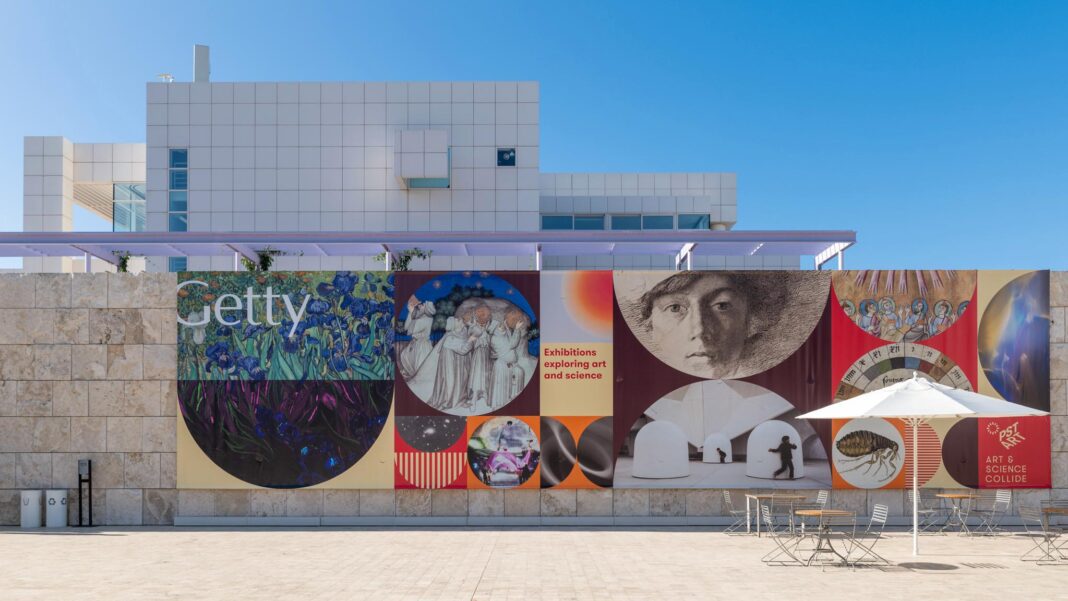

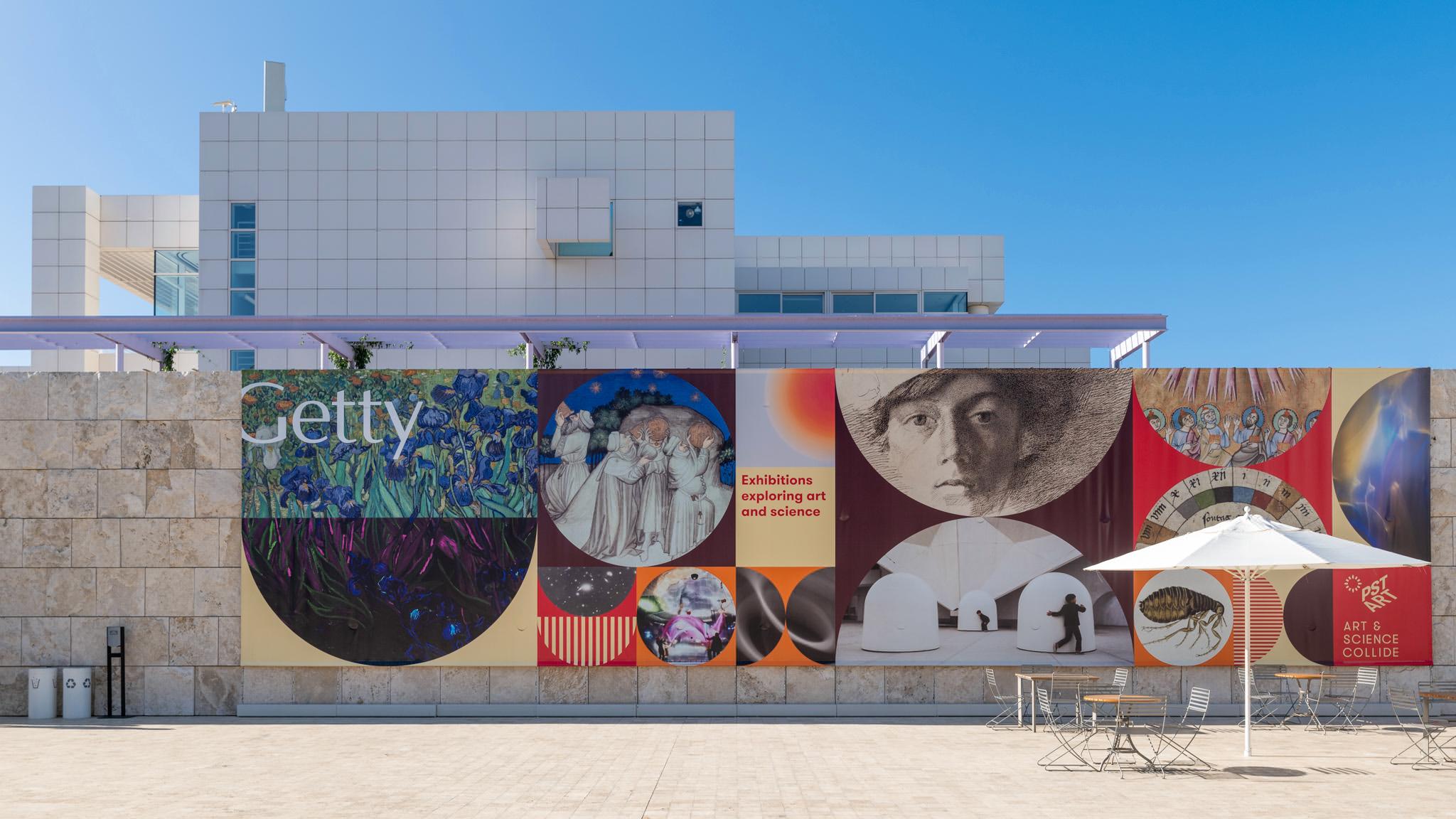
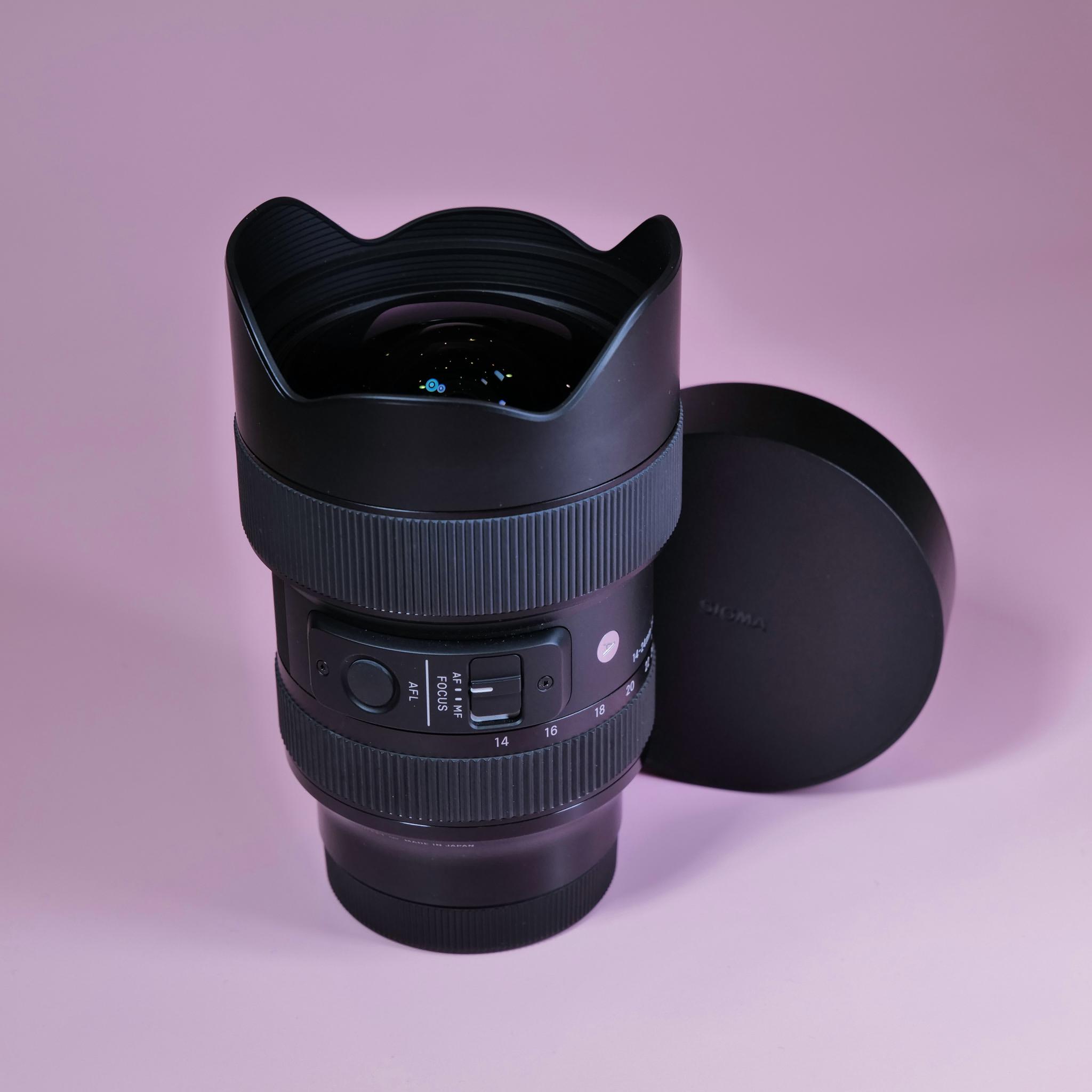
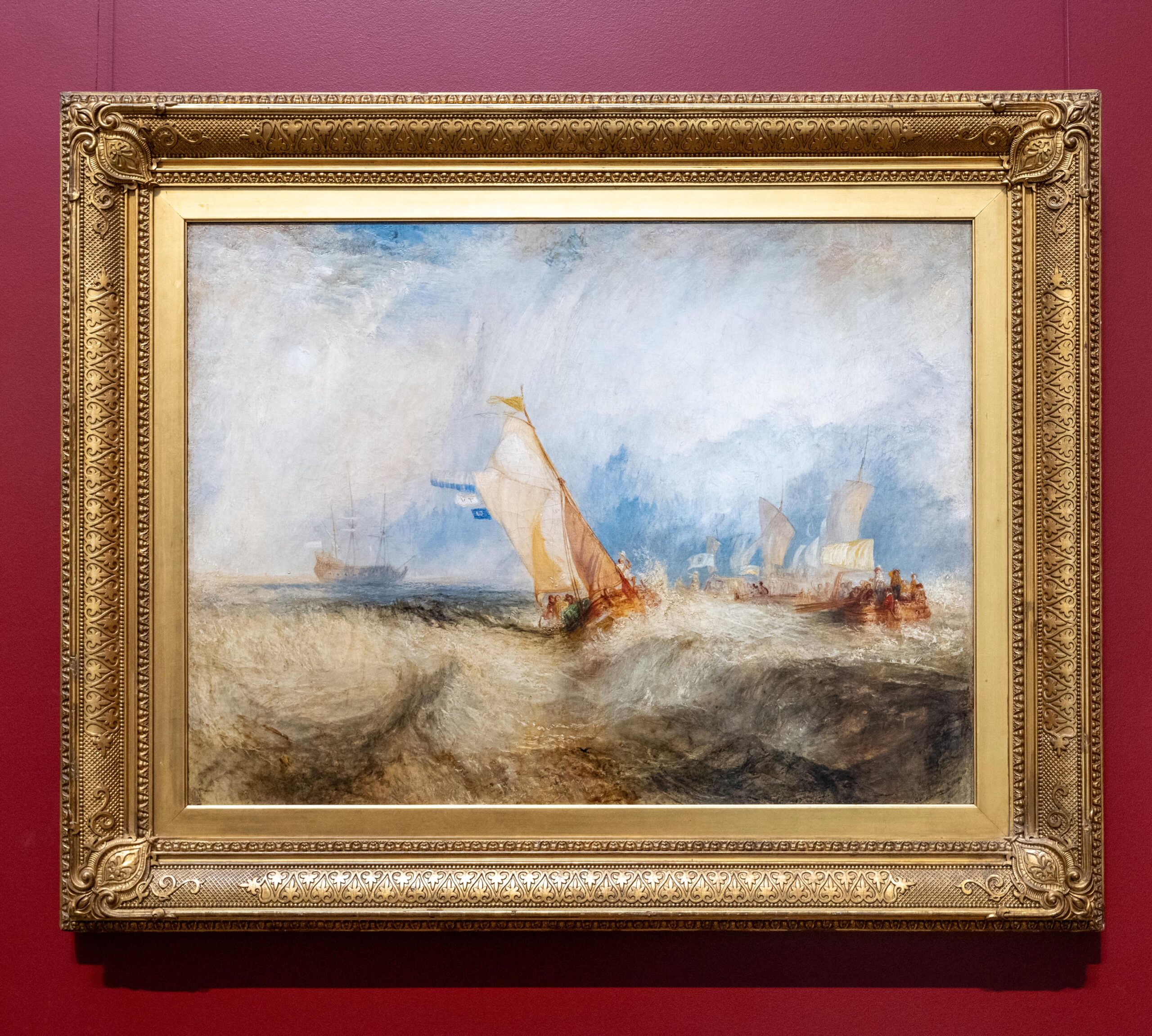
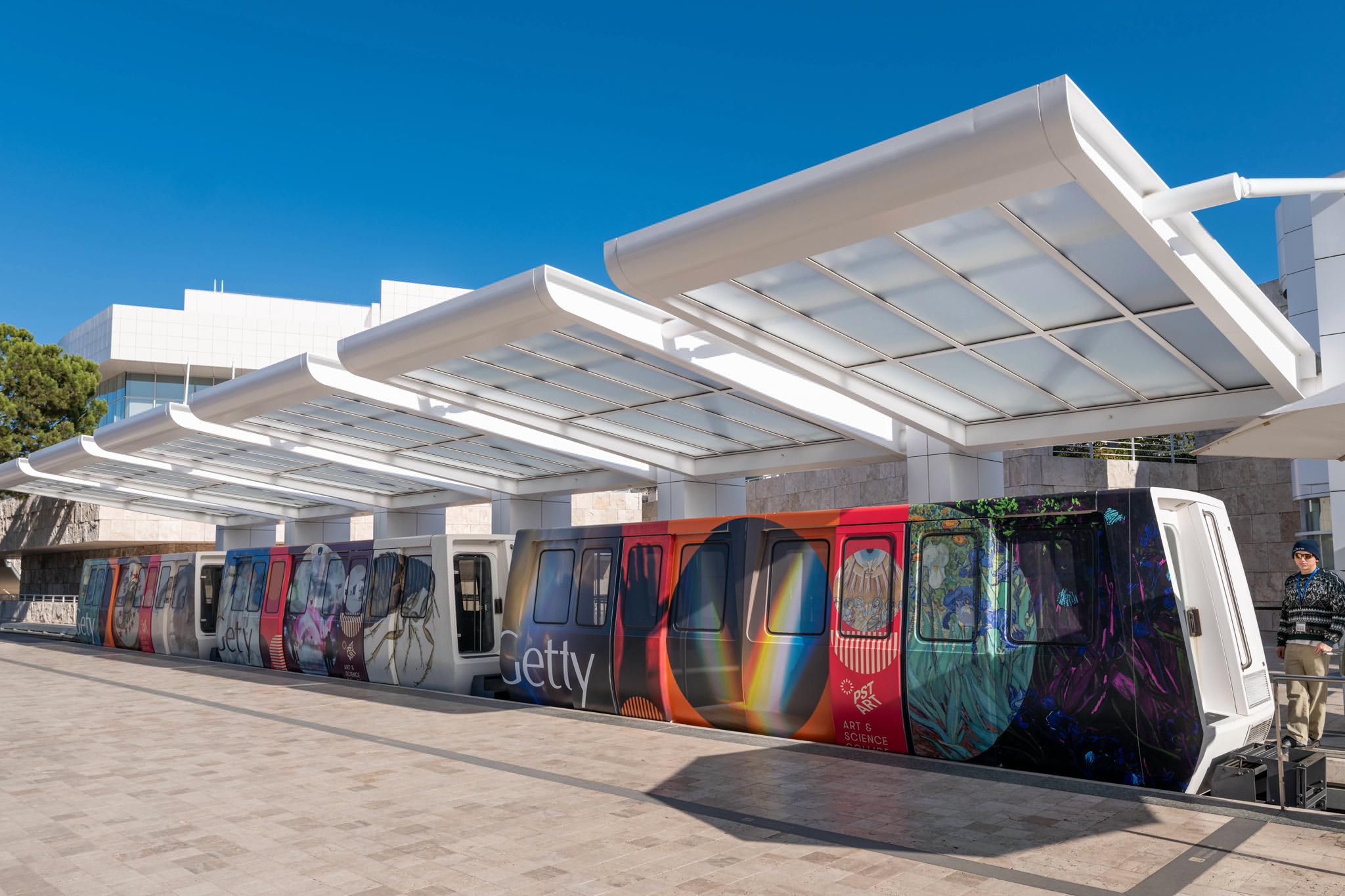
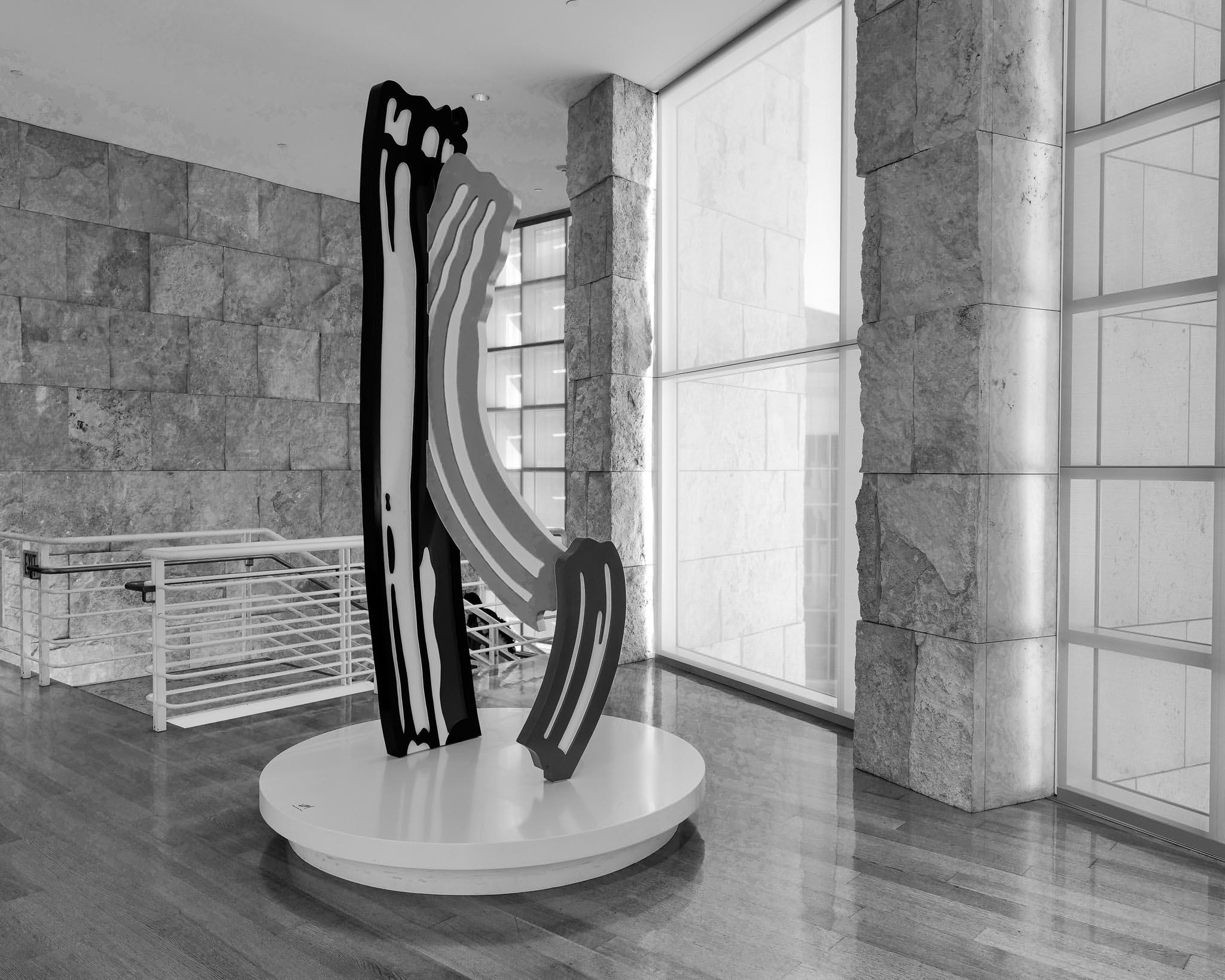
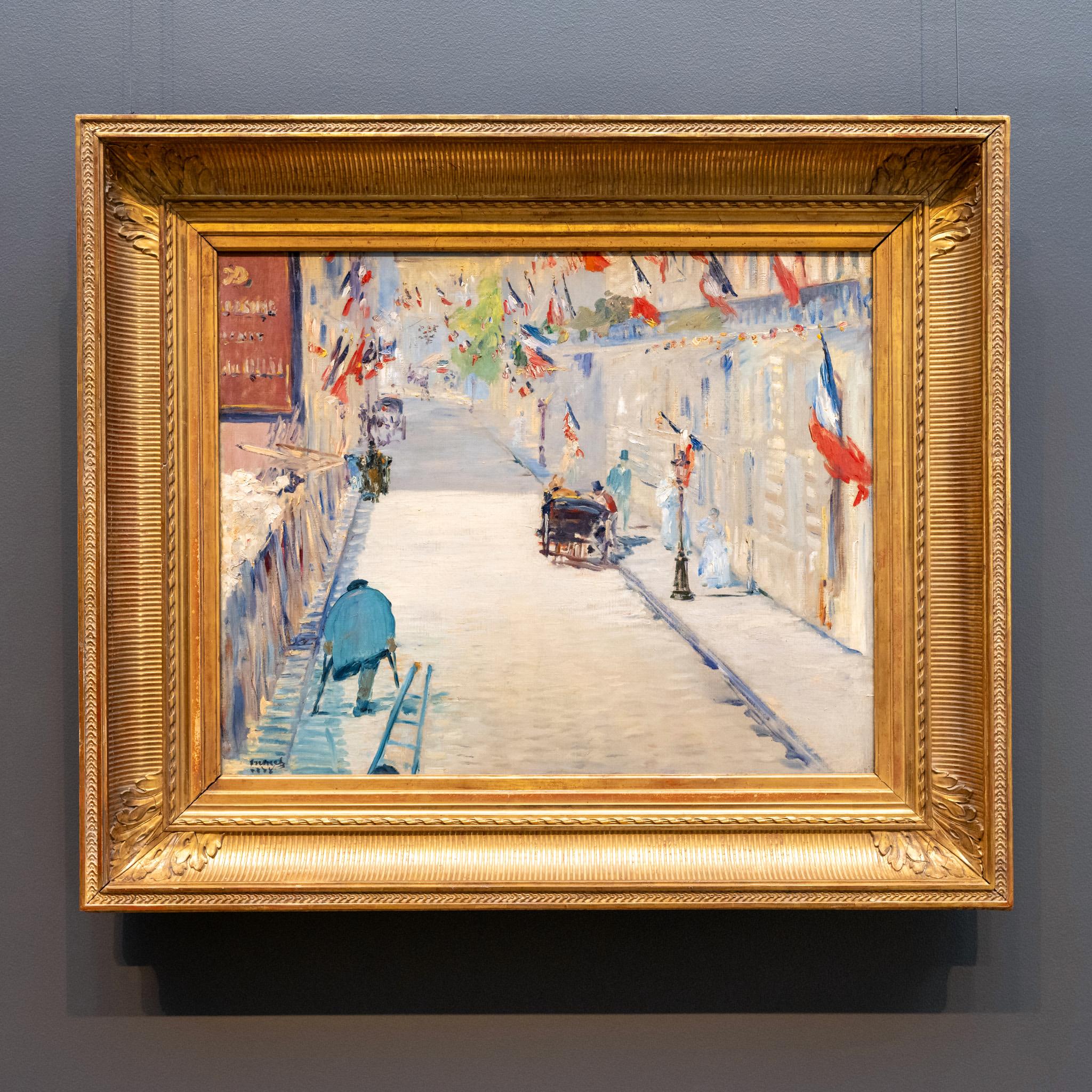
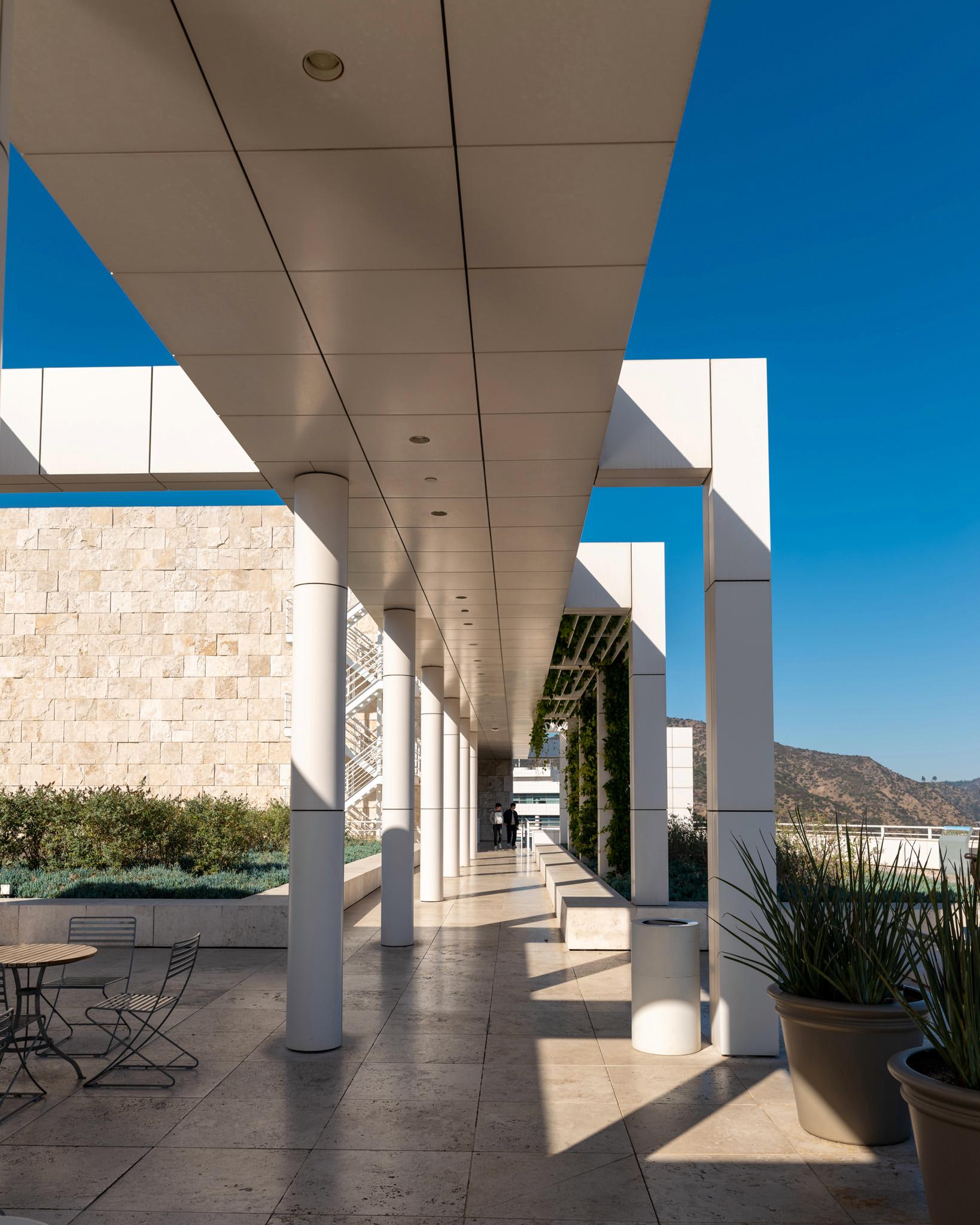
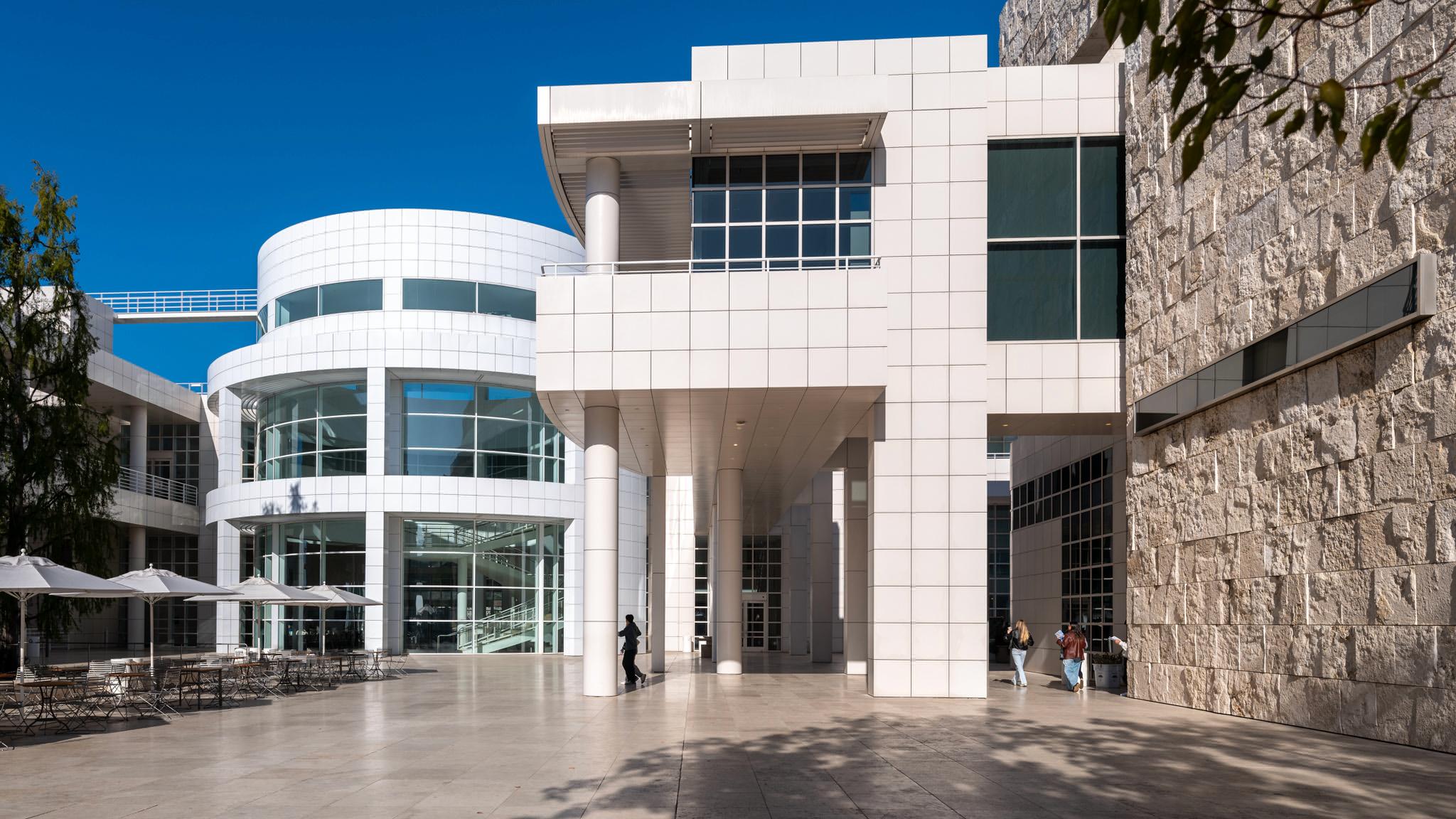
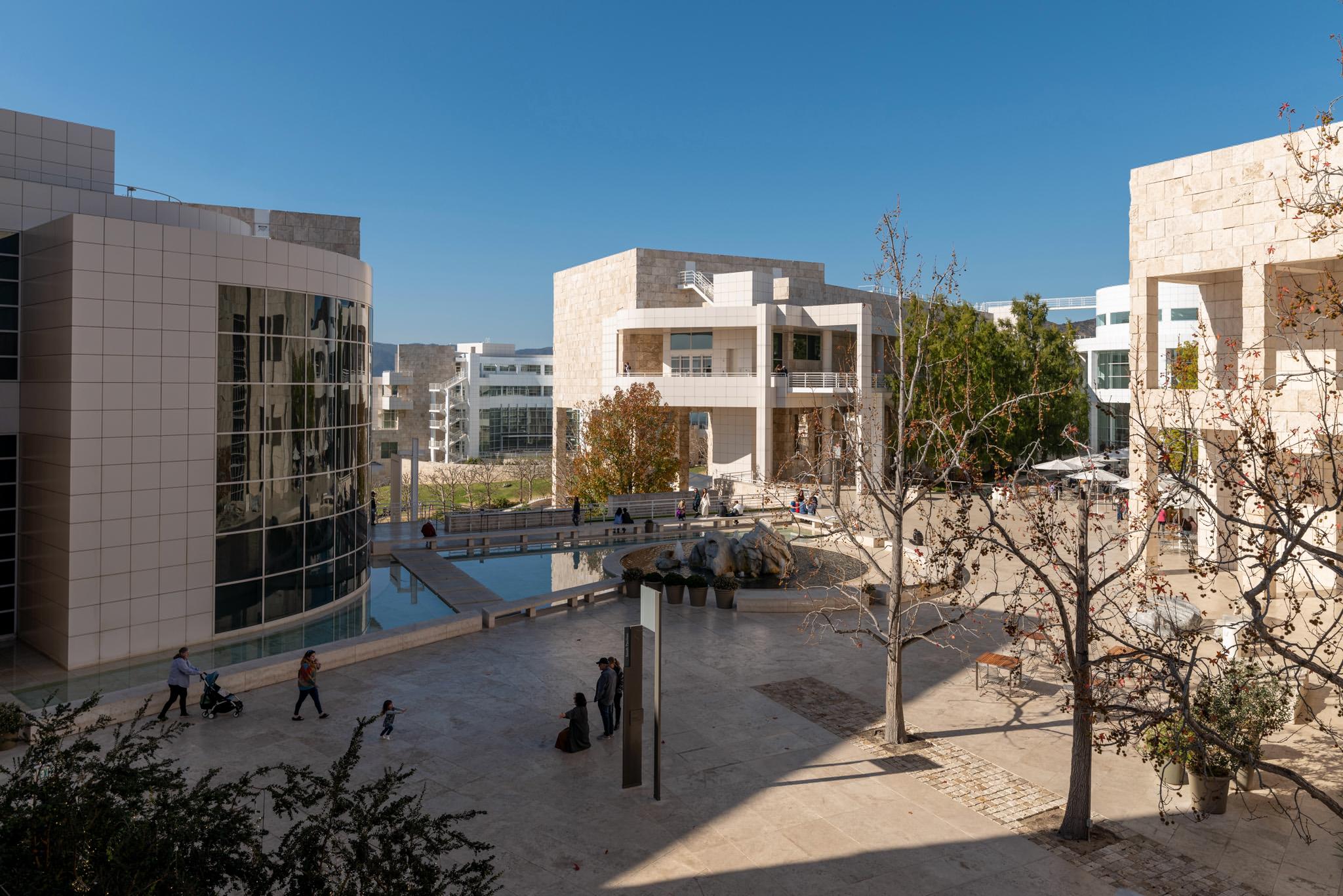
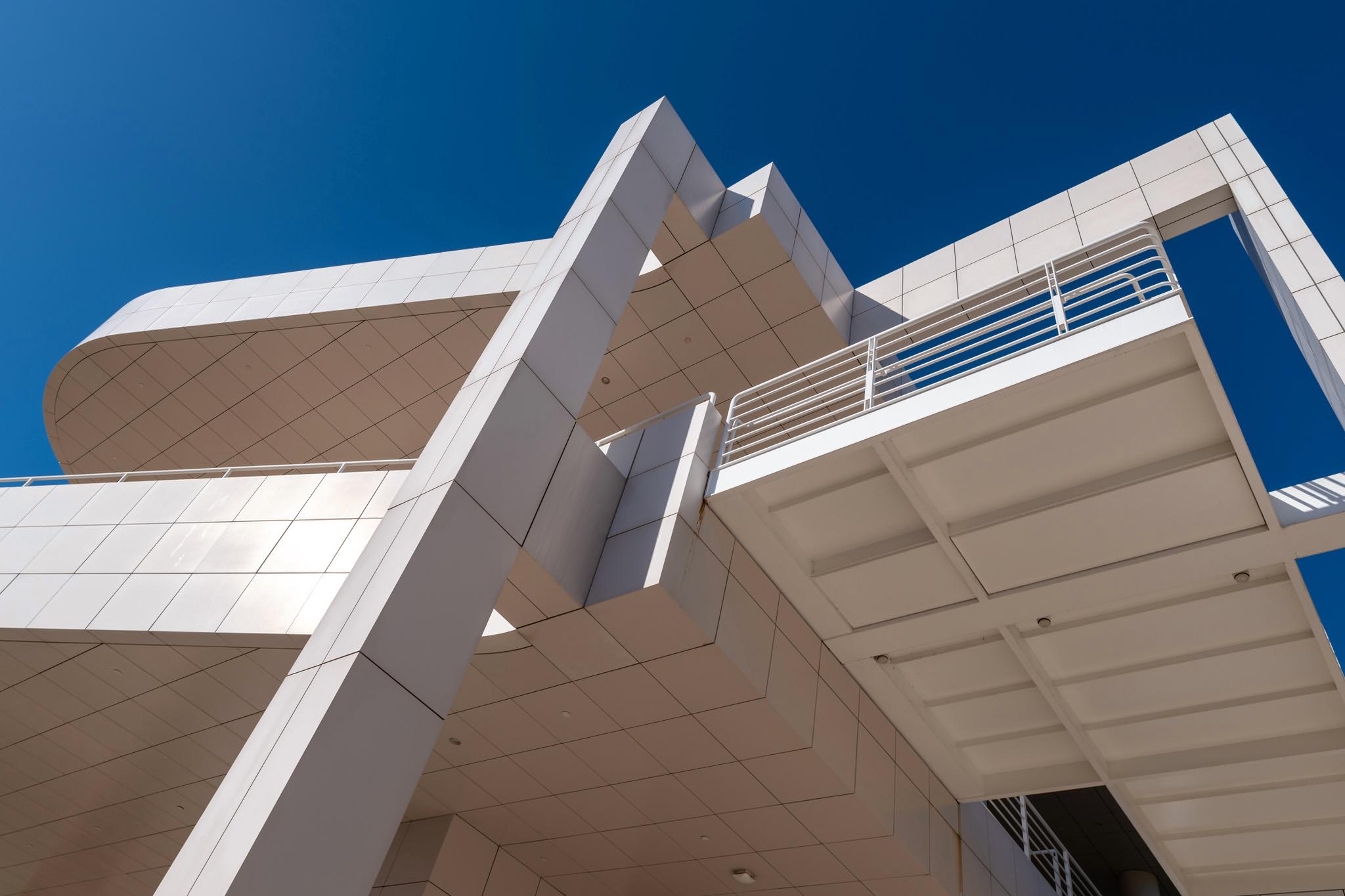
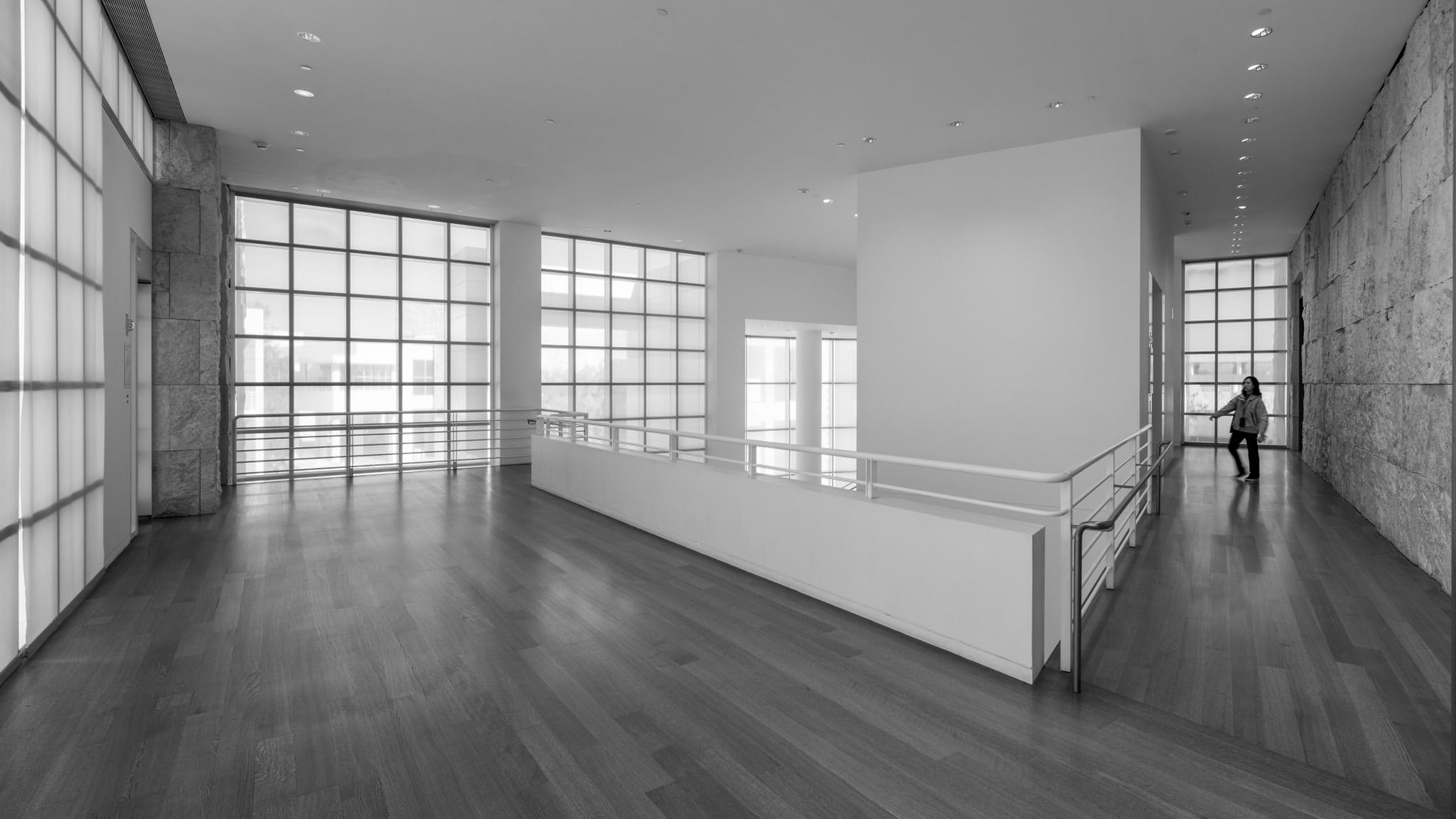
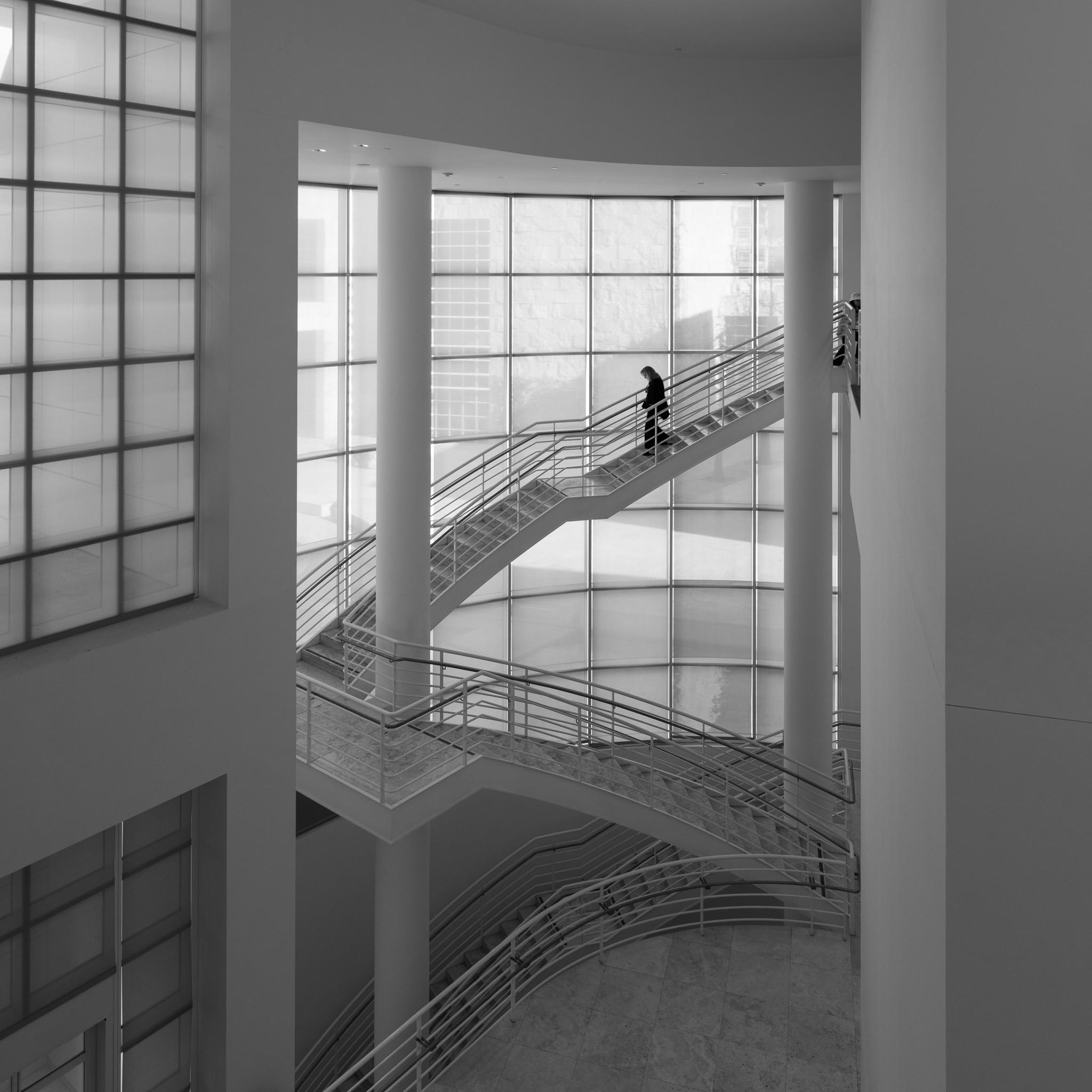
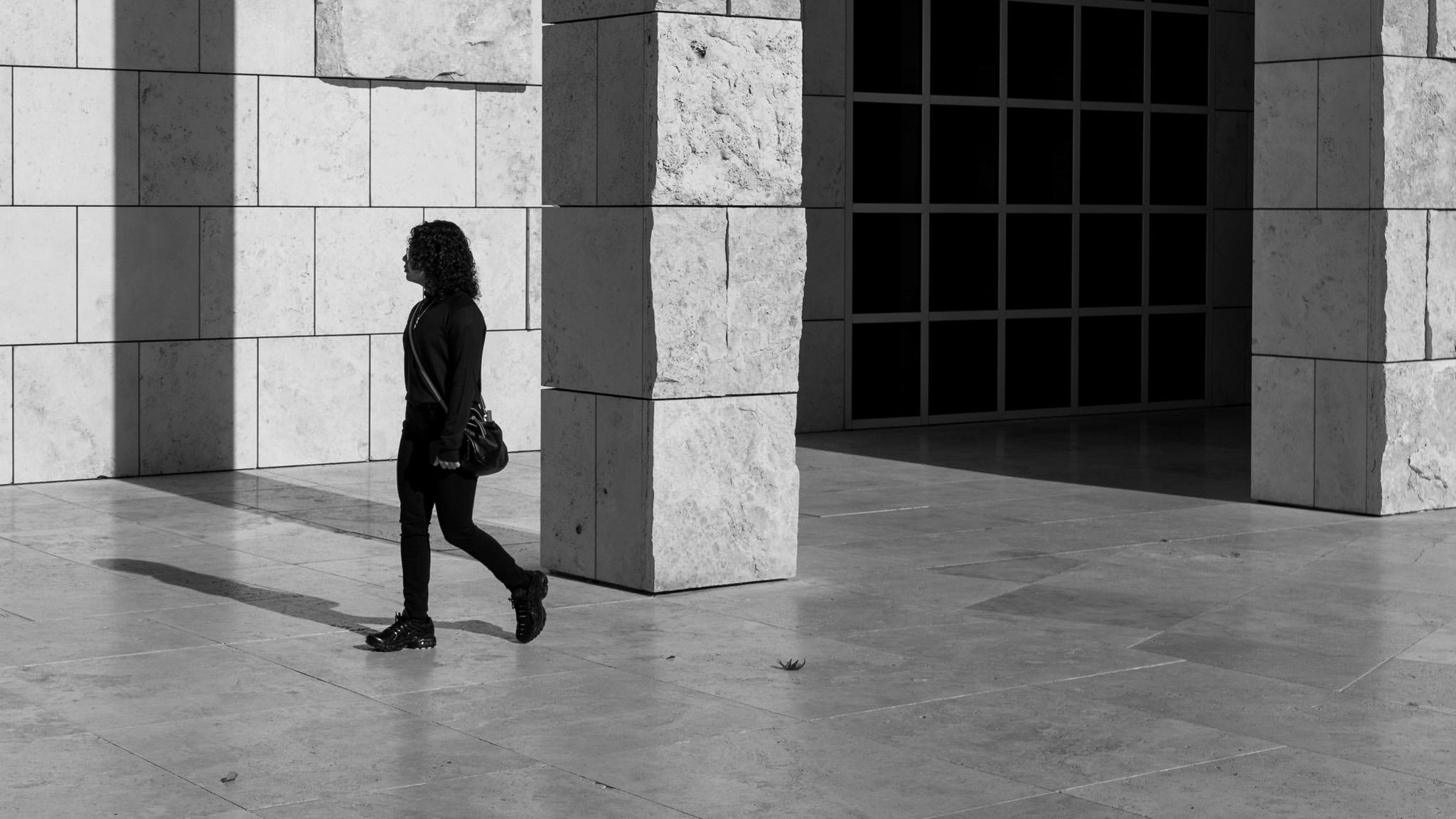
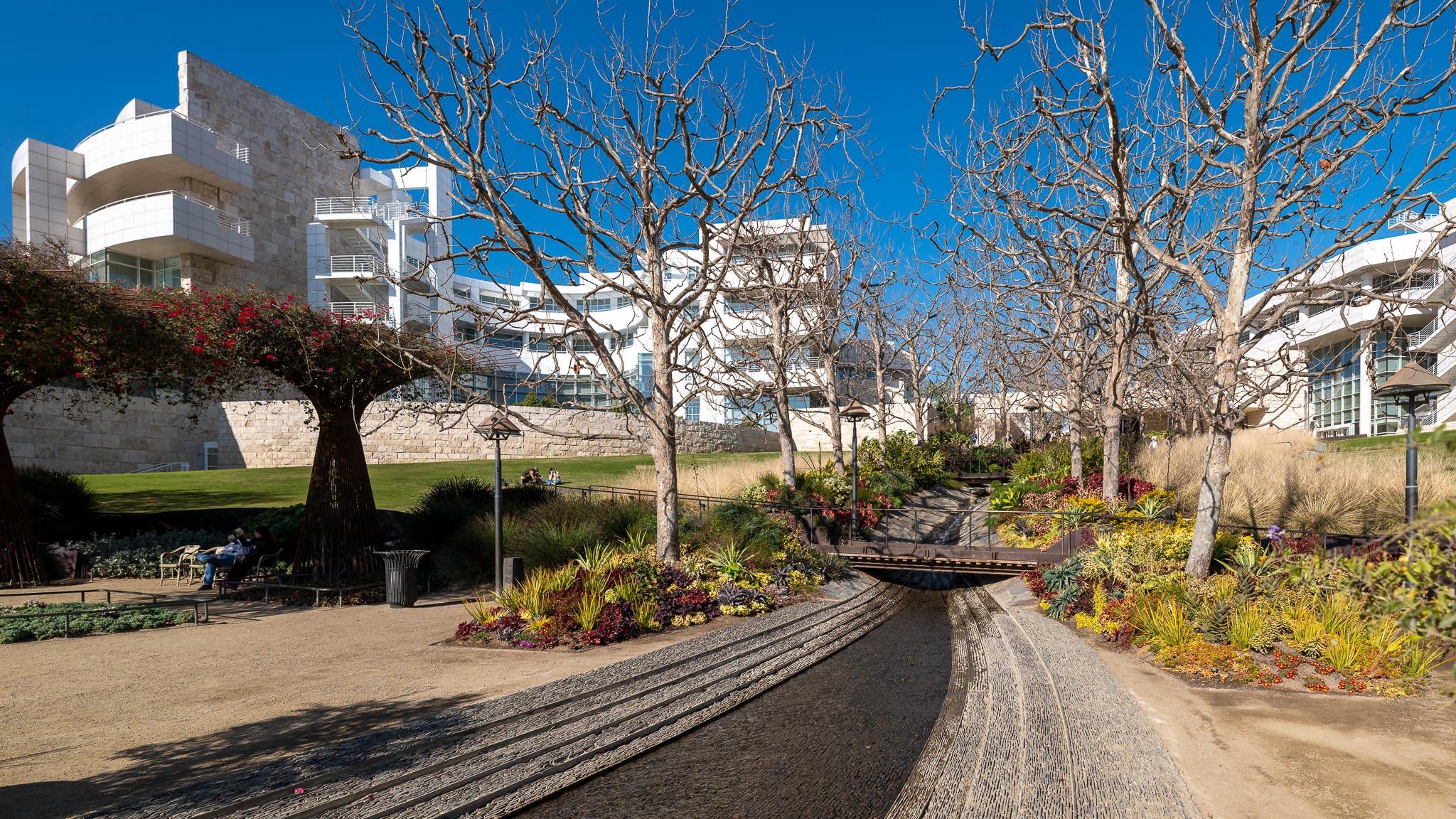
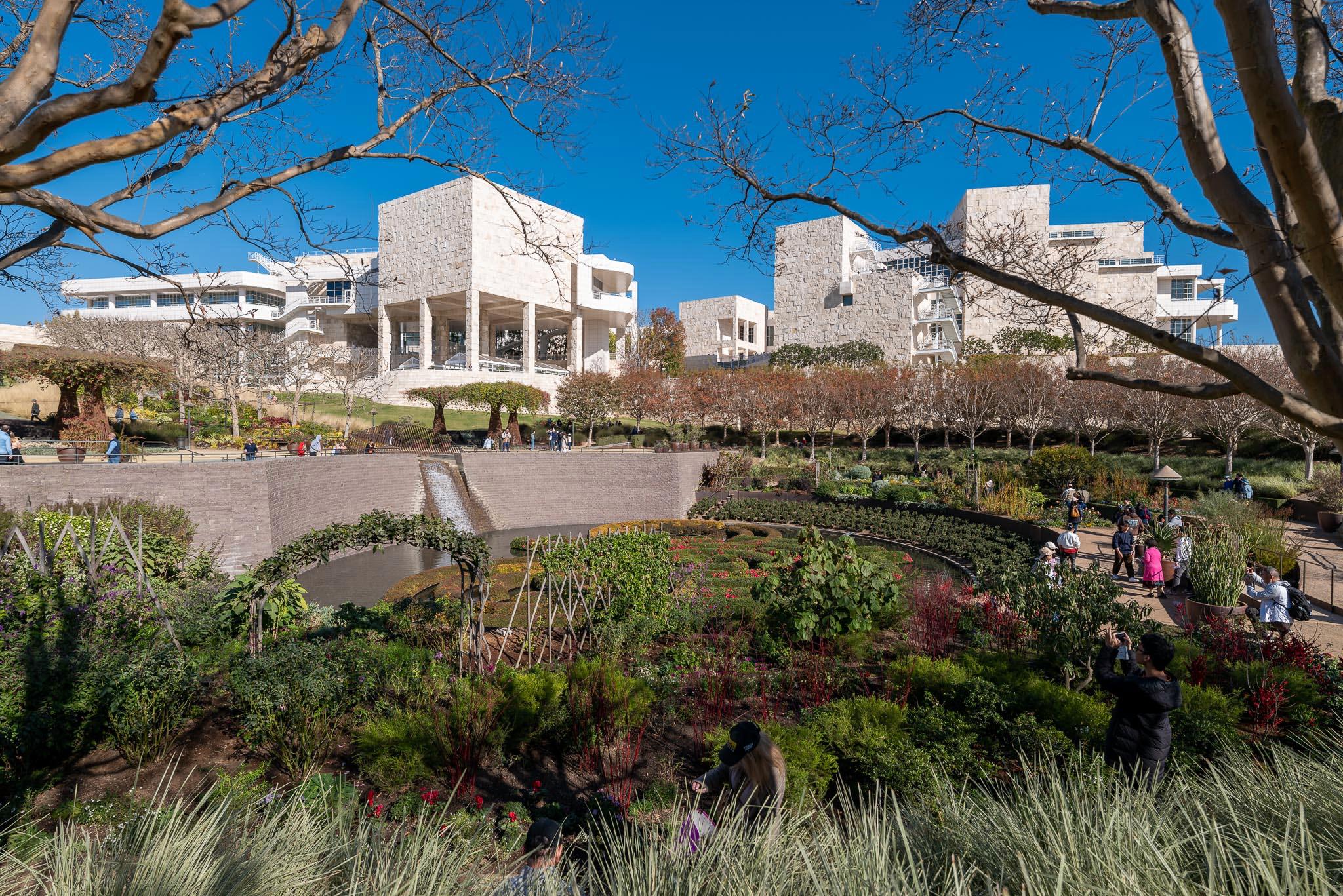
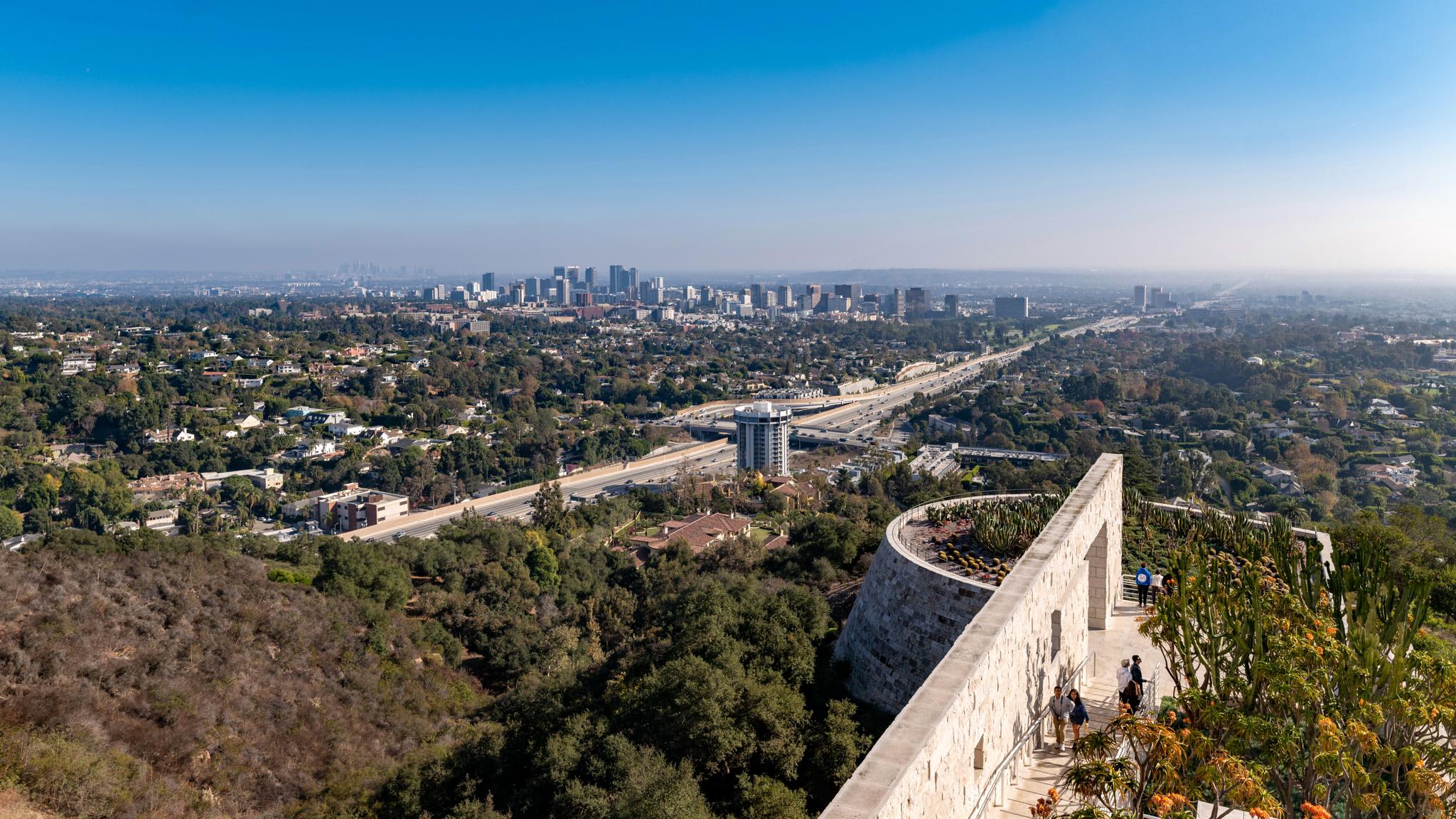
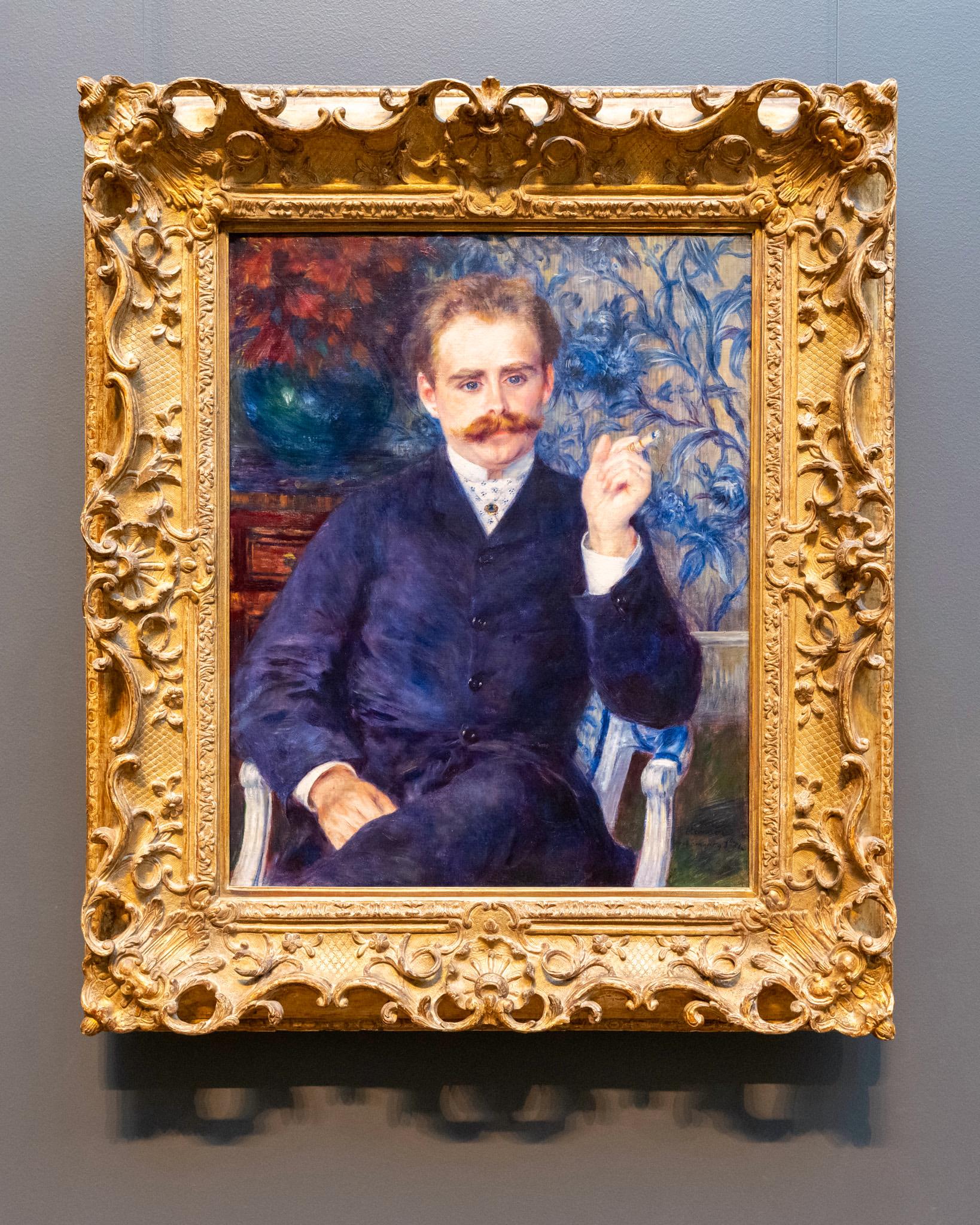
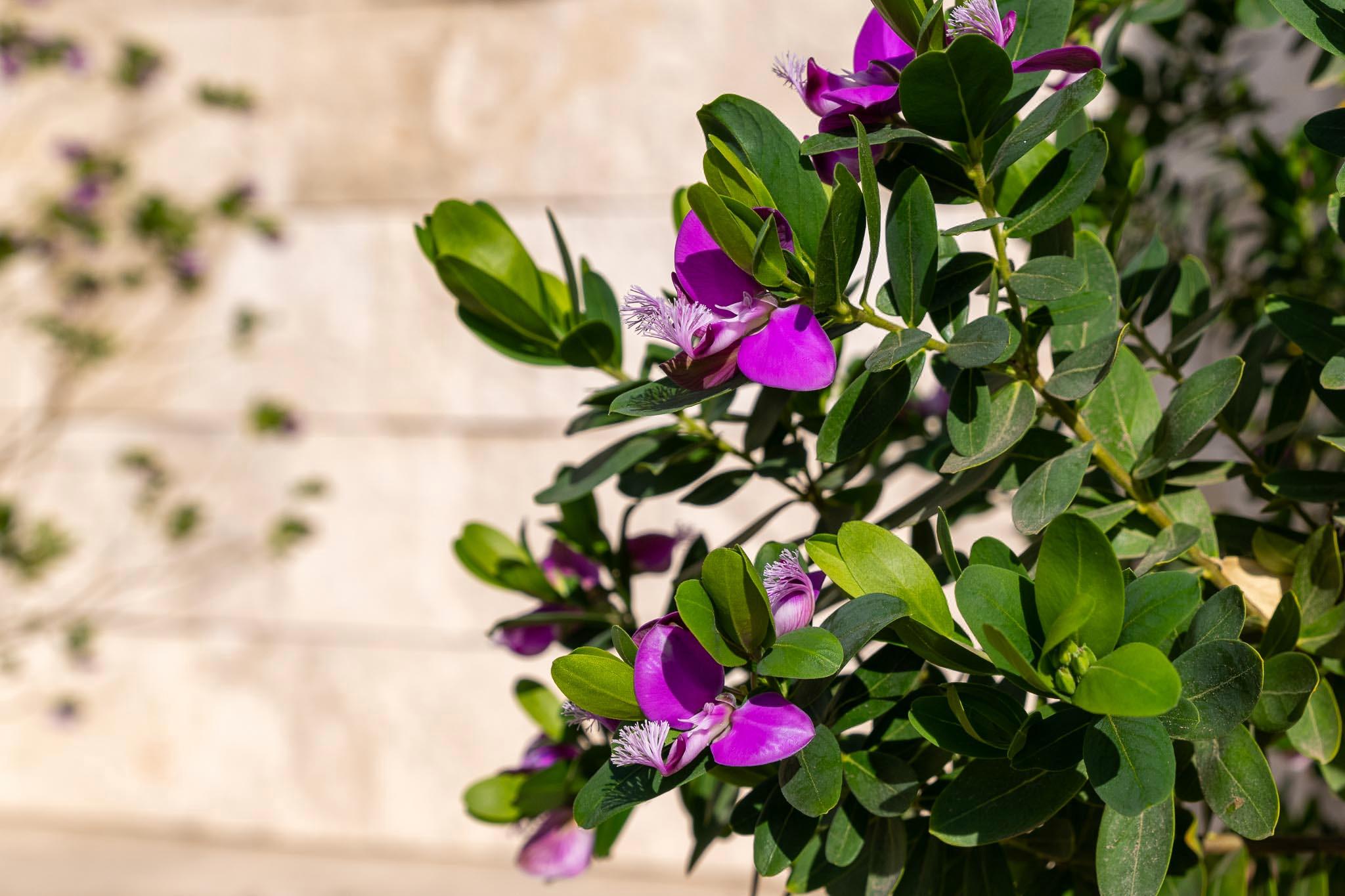
Keith, my favorite museum in LA! Excellent images!
Did the Getty escape the devastation of the wild fires? I hope so. I visited it many years ago, and it was beyond impressive even then!
Hi Bill, based upon a search I did earlier today, the Getty itself is unscathed. The Getty Villa, which is in Pacific Palisades, has suffered some scorching of external features and sculptures, but the art collection inside is unaffected. All the best, Keith